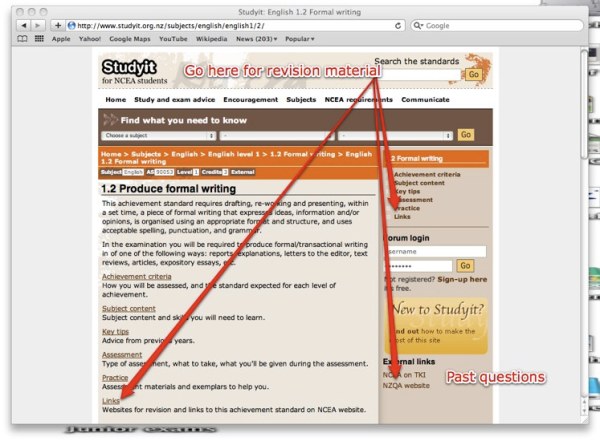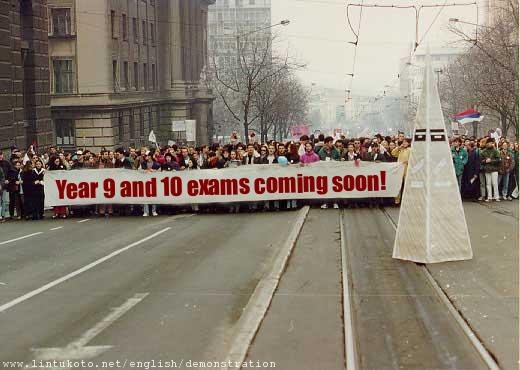
Here is an essay from a student preparing for the exams. It was written in test conditions. Any thoughts?
Describe a strong relationship or conflict in the text. Explain how verbal and/or visual features of the text help you understand this relationship or conflict.
In the film What’s Eating Gilbert Grape directed by Lasse Hallstrom a strong relationship is developed between Gilbert and Becky. How they thought about each other was reflected in their actions and conversations and this helped me to understand why their relationship was so strong.
Gilbert Grape lives in the small American town of Endora. In the beginning of the film we hear Gilbert’s dull and dreary voice describing living in Endora as “like dancing to no music”, “it’s a place where nothing much ever happens and nothing much ever will.” This verbal introduction helped me to understand that Gilbert has lost all of the spark out of life; his monotonous voice represents his repetitve daily patterns. Since his father died and his older brother “got away” Gilbert has had the tedious job of looking after his unusual family. This has eaten away at him as he feels trapped and he now is a shell of a person – alive but not living.
When Becky unexpectedly arrives on the scene we are immediately made aware that she will bring a change to Gilbert. Visually in scenes we often see her connected with air or water which helped me to understand that she was there to cleanse Gilbert. We can also tell that Becky looks at everything in a positive way when she expresses, “I love the sky, it’s so limitless.”
Becky does bring to Gilbert change so that he can view his world in a different light. Their relationship develops into a strong one because for Gilbert he has met someone who for the first time demands nothing from him. Becky also opens Gilbert up emotionally which is demonstrated when she asks,”What do you want for you? Just for you?” only for him to reply, “I want to be a good person.” We also understand from the visual and verbal features that Gilbert trusts Becky which is represented when he takes her to visit his very obese mother. This is a significant turning point because usually he is ashamed of his mother the “whale” and has never taken anyone to her before. Their relationship eventually leads to the next level but through the features of the film we can understand that it is because they are both so in touch with one another, not because they want to use each other.
Gilbert and Becky’s relationship is a strong one and the features in the film can help us to understand why. Verbally Gilbert opens up and his voice takes on a happier tone. However, by visually watching it we can understand that Becky is the catalyst for change about and it was her that bought this change about. They may not get married with a fairytale ending but Gilbert is at last free of his repressed feelings and emotions and that is why their relationship is so strong.






